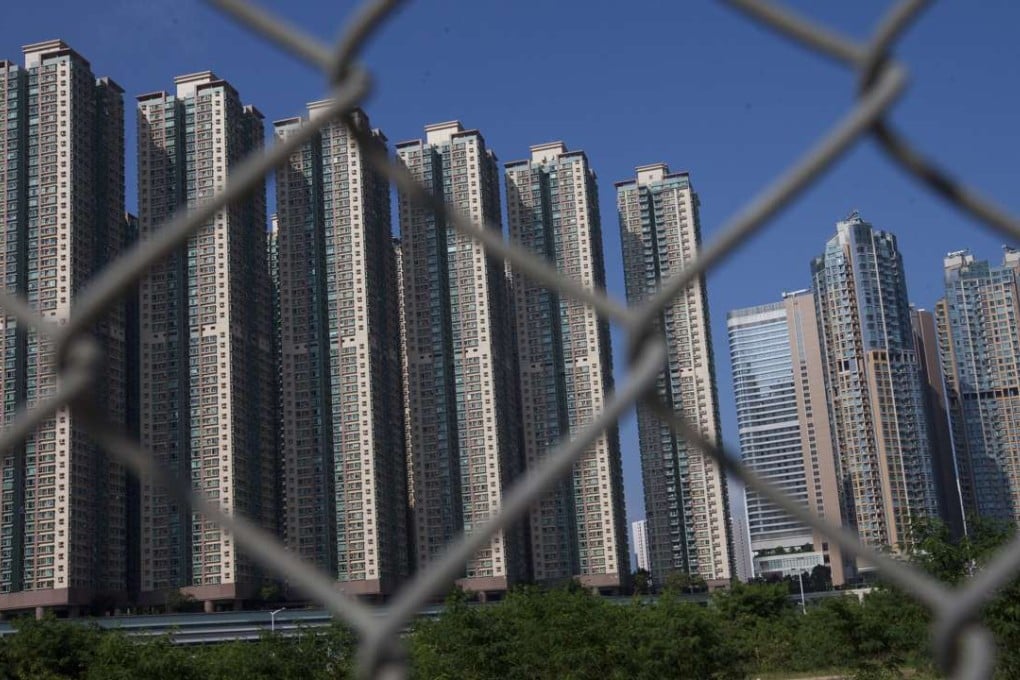Singapore, a dazzling city-state that thrives amidst the tapestry of urban life, grapples with a unique geographical challenge: land scarcity. This diminutive island, just over 700 square kilometers in size, is home to a booming population and an unrivaled economic landscape, yet it faces the relentless pressure of rising property demand.
As the sun rises over its iconic skyline, the interplay between limited space and soaring aspirations unfolds. With each square meter becoming a coveted prize, property pricing in Singapore tells a tale of desperation, innovation, and resilience.
The factors influencing this intricate web of real estate dynamics are numerous, from government policies and supply constraints to the intricate dance of market sentiment. As we delve deeper into how land scarcity shapes property pricing in this vibrant metropolis, we uncover the delicate balance of opportunity and limitation in a world where every inch matters.
Understanding Land Scarcity in Singapore

Understanding land scarcity in Singapore requires a multifaceted approach, exploring not just the numbers but also the lived experiences of its residents. With a mere 728 square kilometers of territory, this island city-state confronts the daunting reality of hosting over five million people.
Land, a finite resource, is a precious commodity tightly intertwined with Singapore’s identity and economic progression. Developments such as the Skye at Holland condo illustrate how innovative architectural planning can optimize limited land, providing both luxury and functionality within a constrained environment. High-rise buildings pierce the skyline, each a testament to innovative land use, while parks and green spaces jostle for existence amidst the urban jungle.
As the population continues to swell, the competition for space escalates, driving property prices into the stratosphere. The government’s proactive measures, such as reclamation projects and the development of integrated townships, attempt to balance growth with livability.
Yet, this relentless quest for space underscores a paradox: in a land so small, the aspirations of its people stretch ever larger. Balancing these competing demands is a complex puzzle, one that shapes not just the geography but the very fabric of society in Singapore.
Historical Context: Singapore’s Urban Development
Singapore’s urban development is a fascinating tale woven into the fabric of its national identity. Emerging from a mere fishing village in the 19th century, the island transformed rapidly following its colonial past, especially post-independence in 1965.
The landscape continually reshaped itself through ambitious planning initiatives, spurred by a pressing need to optimize limited land resources. Skyscrapers now pierce the skyline, blending seamlessly with lush greenery, showcasing a commitment to sustainable living. Yet, underlying this architectural marvel is a constant tension: the urgency to balance growth, housing demands, and socio-economic challenges in a densely populated city.
As the government implemented strict zoning laws and innovative land use strategies, the intricacies of property pricing became increasingly influenced by the scarcity of space. In this dynamic interplay, Singapore not only redefined its boundaries but also cultivated a unique environment where urban living is both a privilege and a challenge.
The Geography of Land: Limited Space in a Growing City
Singapore’s geographical constraints present a unique challenge for its burgeoning population and relentless urban development. Encircled by water, the city-state occupies a mere 728 square kilometers, making every parcel of land precious.
As the demand for housing and commercial spaces escalates, developers are forced to innovate, transforming limited territory into vertical skyscrapers and underground facilities. This contest for space fuels fierce competition, driving property prices to unprecedented heights. In a city where land is not just a commodity but a canvas for creativity, the intricate balance between conservation, urbanization, and the soul of the city becomes increasingly delicate, revealing the intricate choreography required to sustain growth amidst unyielding boundaries.
Factors Contributing to Land Scarcity
Land scarcity in Singapore is a multifaceted issue driven by a confluence of geographical, social, and economic factors. Situated on a small island, the nation grapples with limited land availability, a constraint that is further exacerbated by its burgeoning population, which has surged in recent years due to immigration and urbanization.
As Singapore continuously evolves into a global hub for business and trade, the demand for housing and commercial spaces skyrockets, placing immense pressure on the already constrained land resources. Moreover, various policies aimed at sustainable development complicate the landscape of land use, restricting opportunities for expansion into the surrounding waters or natural reserves.
The interplay of these influences not only magnifies competition among developers and investors but also drives property values to unprecedented heights, creating a unique dynamic in Singapore’s real estate market. Ultimately, the quest for land in this city-state reflects deeper economic ambitions and societal needs, illustrating just how vital space has become in shaping the very fabric of Singaporean life.
Conclusion

In conclusion, Singapore’s unique land scarcity significantly influences the dynamics of property pricing, creating a landscape where demand outstrips supply. This relentless pressure has led to innovative developments and strategic urban planning aimed at maximizing space and enhancing livability. Properties like the Skye at Holland condo exemplify how developers are responding to these challenges by offering luxurious living spaces that cater to the evolving preferences of residents.
As Singapore continues to grapple with its finite land resources, understanding these pricing trends becomes essential for investors, homeowners, and policymakers alike, ensuring that the city-state remains a vibrant and sustainable place to live.


